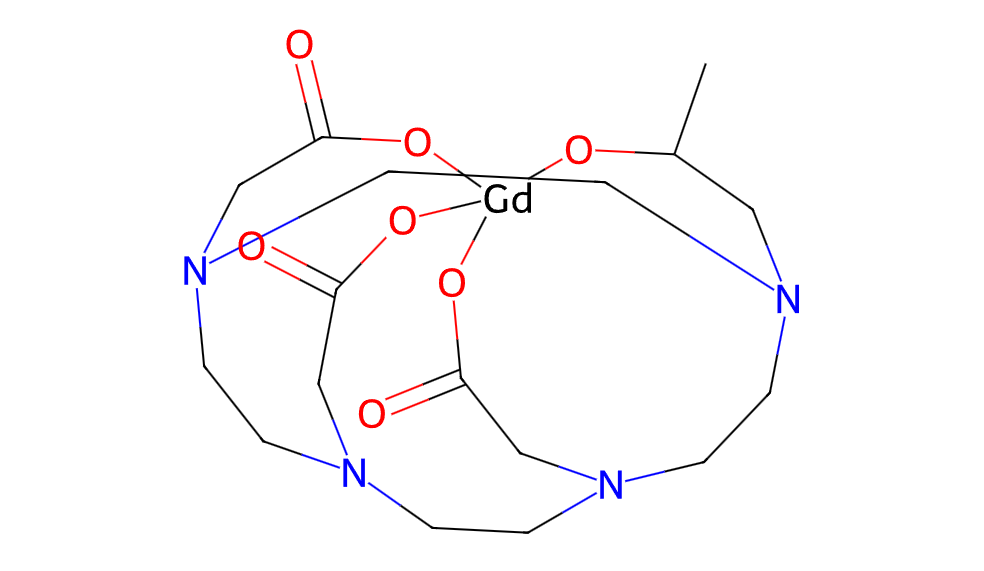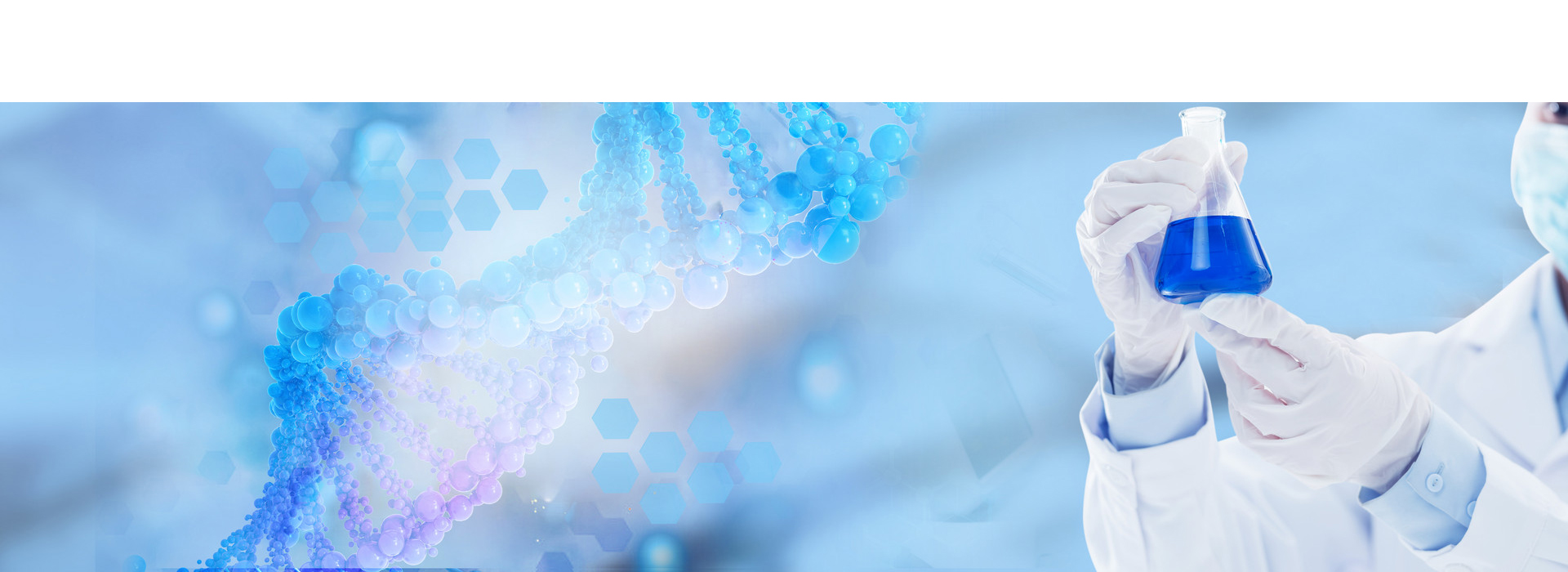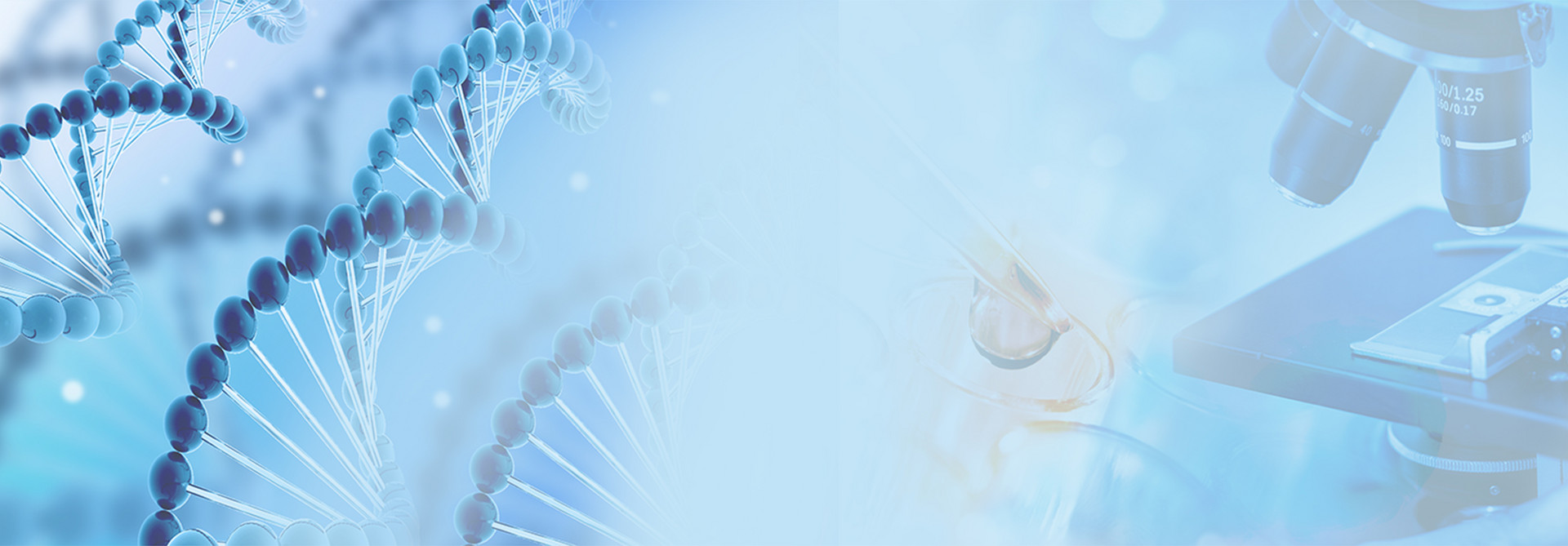- Synthetic anti-infective drugs
- Medications for the digestive system
- Antipyretic and analgesic drugs
- Medications for the blood system
- Medications for the respiratory system
- Anti-allergic drugs
- Medications for the urinary system
- Diagnostic medications
- Immunosuppressive and immunomodulatory drugs
- Vitamins and mineral supplements
- Antioxidants and medications for osteoporosis
- Antiparasitic drugs
- Ophthalmic medications
- Amino acids and their derivatives
- Dermatological medications
- Medications for the circulatory system
- Antitumor drugs
- Medications for the nervous system
- Hormonal and endocrine function-regulating drugs
- Antibiotics
- Others
CAS NO.: 120066-54-8




Basic Information
Chinese Name: 钆特醇
English Name: Gadoteridol
CAS Number: 120066-54-8
Molecular Formula: C17H28GdN4O7 (Note: Variations in molecular formula notation, such as C17H29GdN4O7, may exist due to different counting methods for hydrogen atoms)
Molecular Weight: 557.68 (or 558.68, depending on the specific representation of the molecular formula)
EINECS Number: 1533716-785-6
Physical and Chemical Properties
Melting Point: 188-193 °C
Boiling Point: 668.2 °C at 760 mmHg
Flash Point: 357.9 °C
Vapor Pressure: 1.04E-20 mmHg at 25°C
Solubility: Soluble in methanol (119 mg/mL), isopropanol (41 mg/mL), dimethylformamide (10.1 mg/mL), acetonitrile (6.1 mg/mL), dichloromethane (5.2 mg/mL), ethyl acetate (0.5 mg/mL), acetone (0.4 mg/mL), hexane (0.2 mg/mL), and toluene (0.3 mg/mL). Highly soluble in water (up to 737 mg/mL).
Uses
Gadoteridol is an MRI contrast agent used to enhance the image quality of internal organs, blood vessels, and tissues during MRI examinations.
It is widely used for enhanced MRI scans of the brain, spine, and surrounding tissues, as well as for whole-body MRI examinations, including the head, neck, liver, breast, musculoskeletal system, and soft tissue lesions.
Safety and Clinical Applications
As a macrocyclic chelate, Gadoteridol has high stability and relatively few adverse reactions, making it a promising clinical agent.
However, gadolinium-based contrast agents (GBCAs) may increase the risk of nephrogenic systemic fibrosis (NSF) in certain patients, particularly those with impaired renal function. Therefore, renal function assessment is necessary before administration, and caution should be exercised during use.
In clinical trials, Gadoteridol demonstrated similar safety profiles to Gadopentetate Dimeglumine, with the main adverse reactions including nausea, diarrhea, increased ALT and AST levels, most of which were mild to moderate.

Tai Yau Street, San Po Kong, Kowloon, Hong Kong, China.



